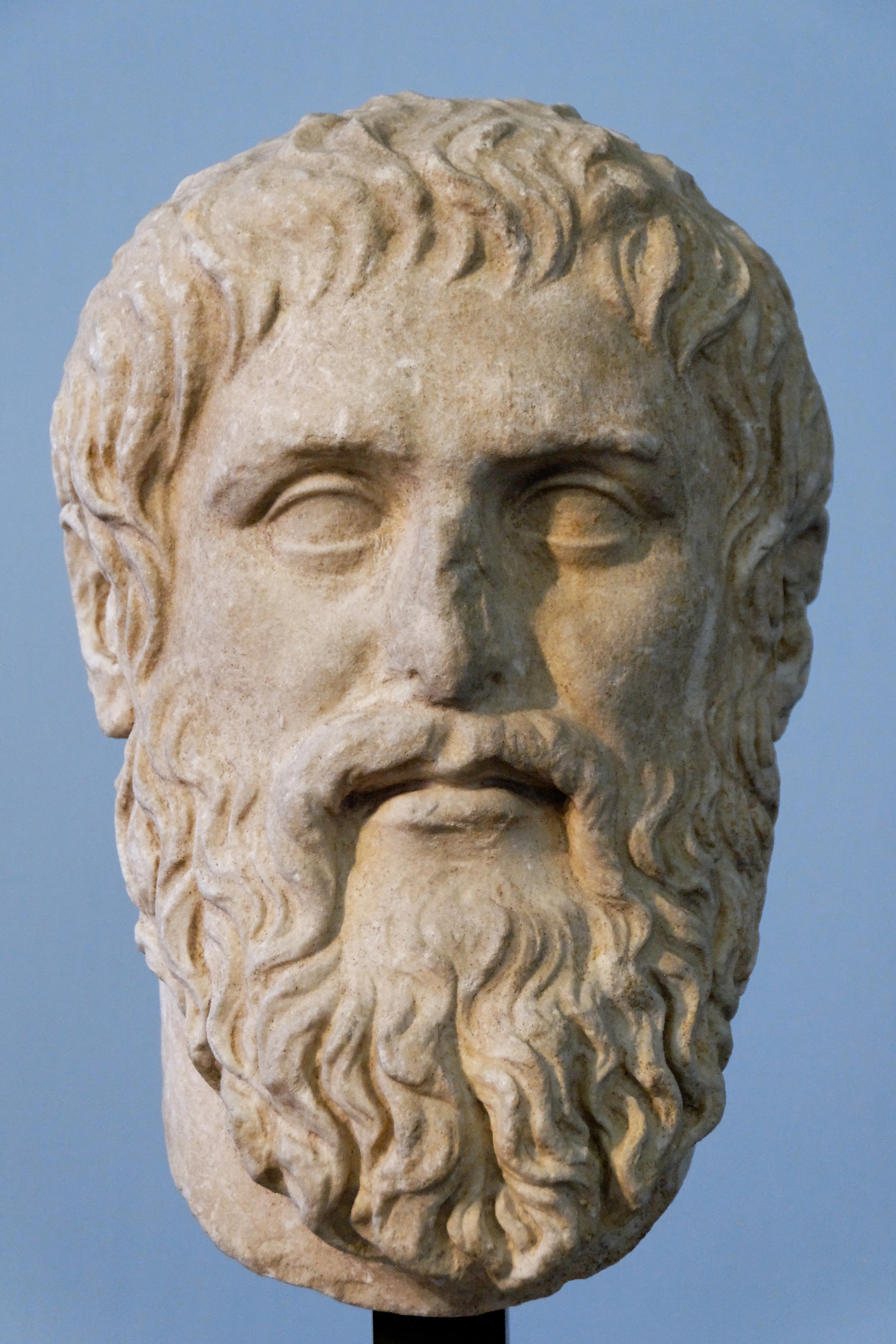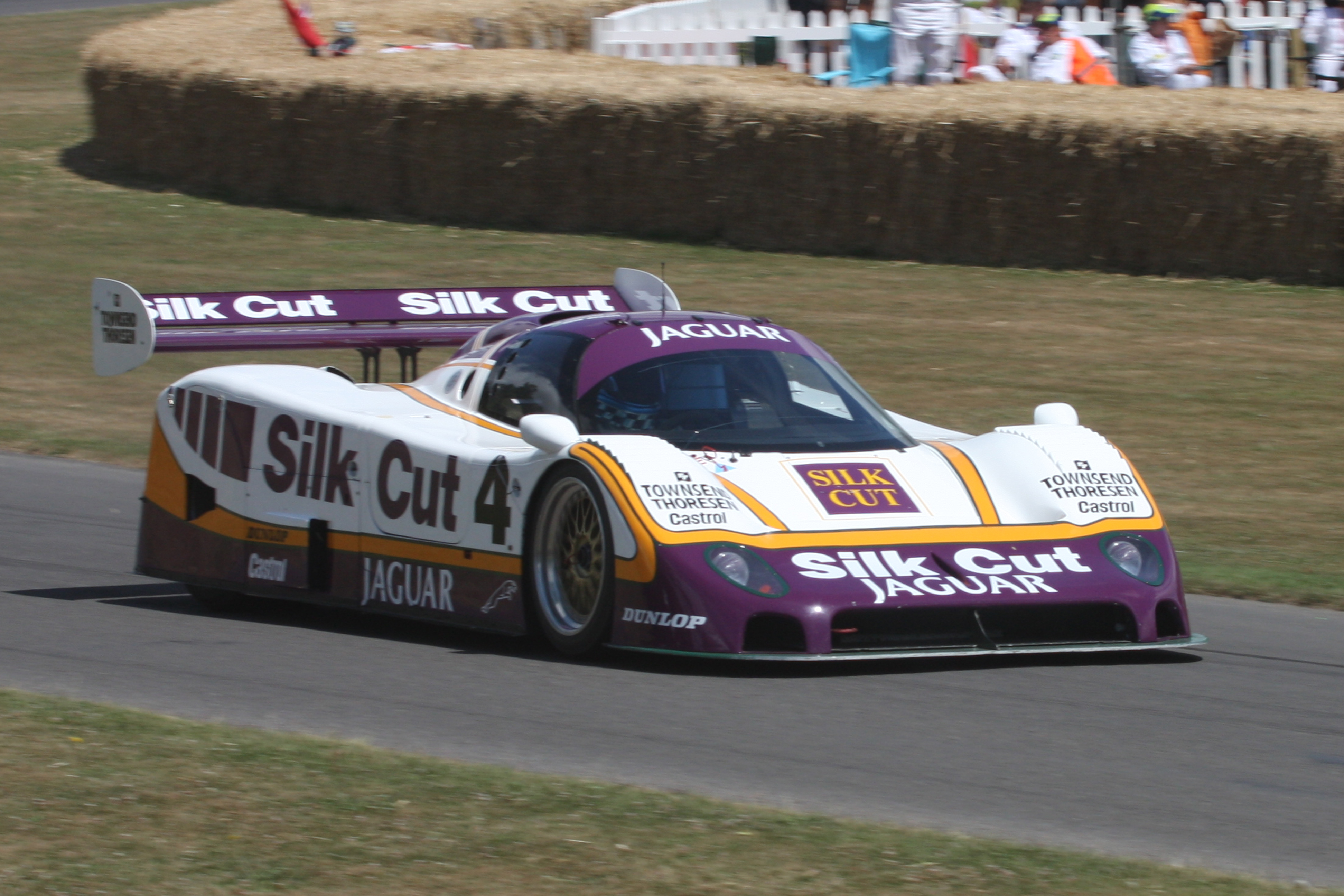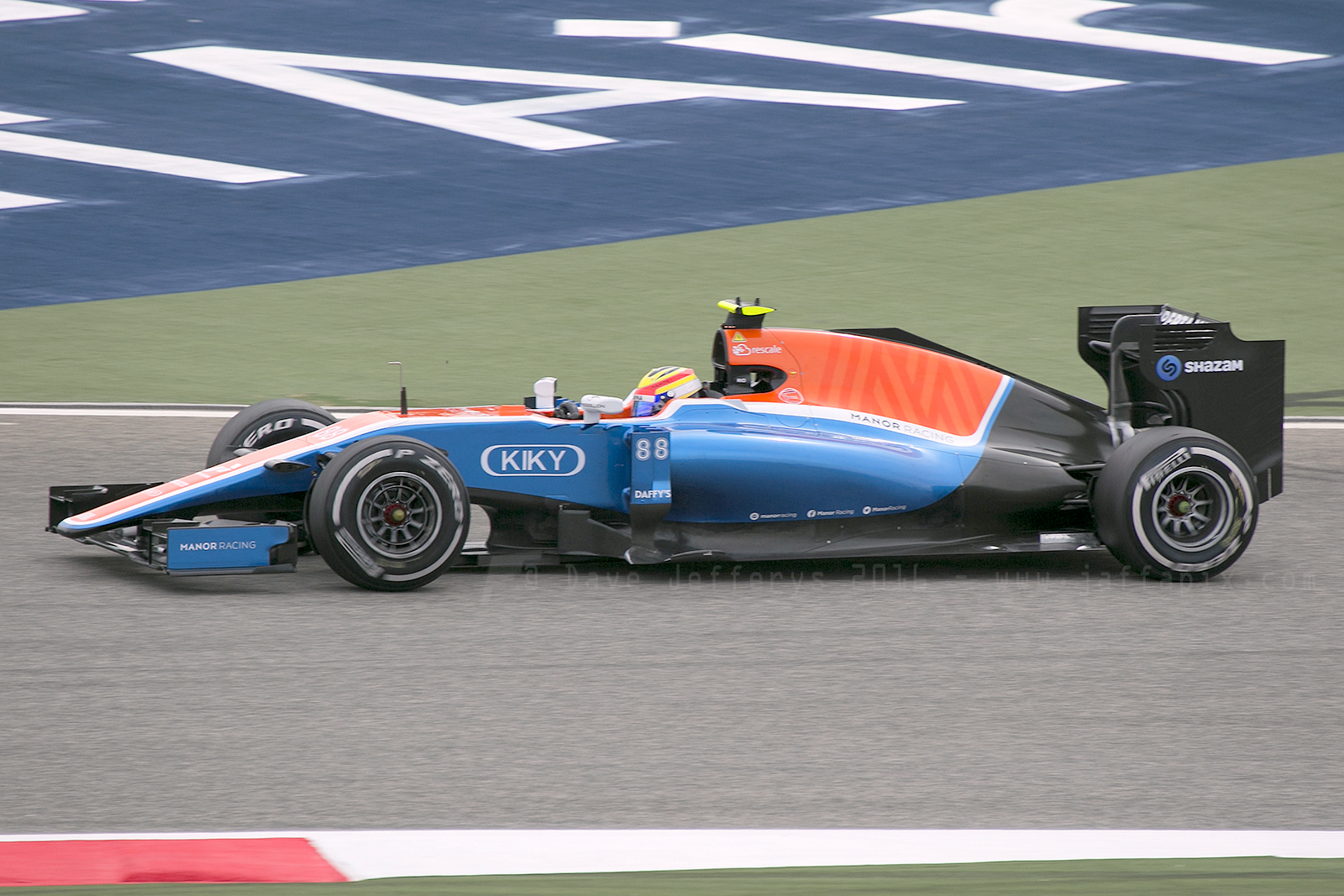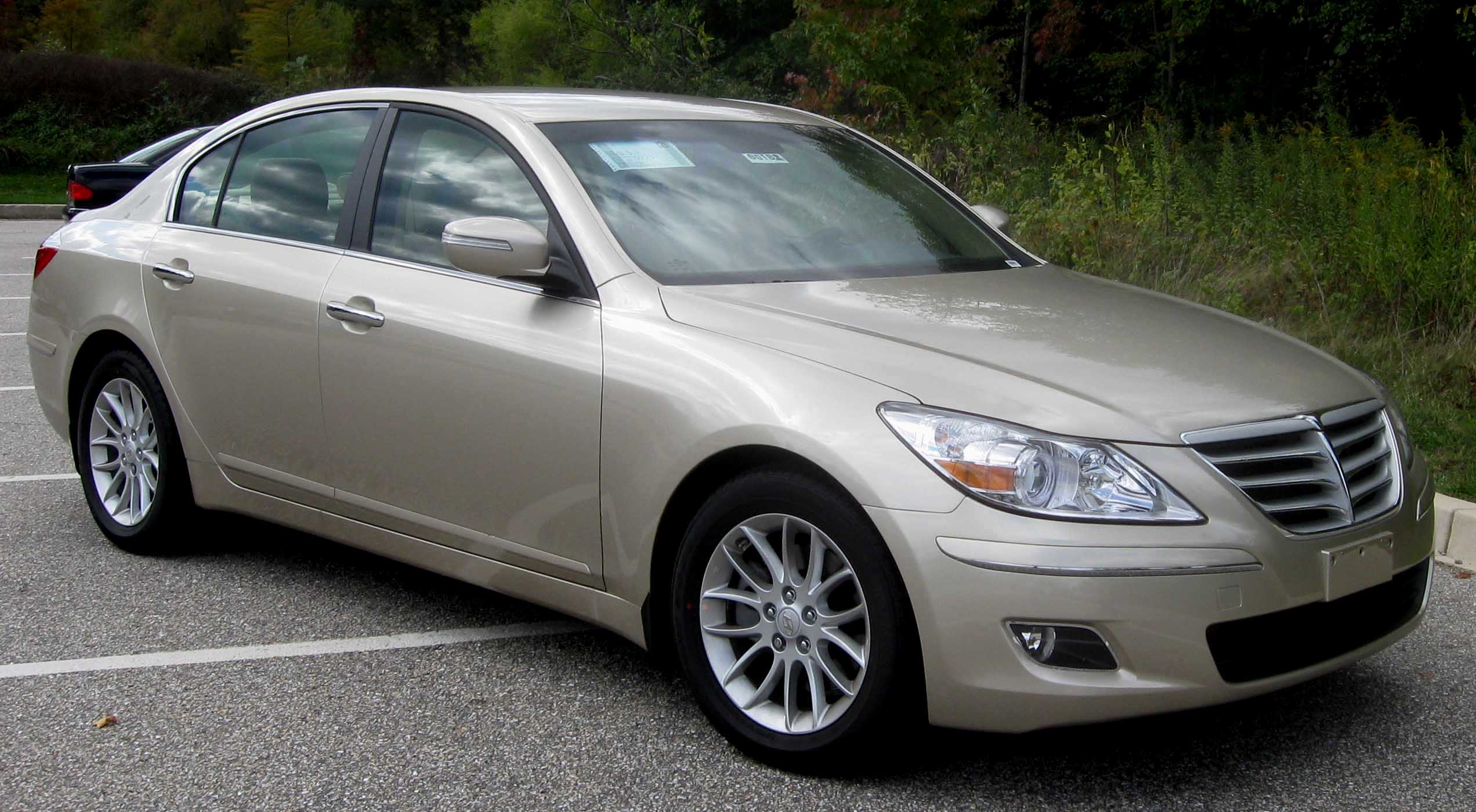|
Cougar C24
The Cougar C24 was a Group C sports car prototype designed, developed, and built by French constructor Cougar, and used in the World Sports-Prototype Championship sports car racing series in 1990. Power came from a Porsche 6-cylinder turbocharged engine. Its best result was a 7th-place finish at the 1990 24 Hours of Le Mans, being driven by Pascal Fabre, Michel Trollé Michel Trollé (born 23 June 1959) is a French former racing driver from Lens, Pas-de-Calais. He began his career in Formula Renault 2.0 West European Cup, Championnat de France Formule Renault Turbo in 1984, finishing second in the championship. ..., and Lionel Robert. References Le Mans Prototypes 24 Hours of Le Mans race cars Rear-wheel-drive vehicles Mid-engined cars Sports prototypes Cars introduced in 1990 C24 Cars powered by boxer engines Group C {{sportscar-autoracing-stub ... [...More Info...] [...Related Items...] OR: [Wikipedia] [Google] [Baidu] |
Group C
Group C was a category of sports car racing introduced by the FIA in 1982 and continuing until 1993, with ''Group A'' for Touring car racing, touring cars and ''Group B'' for Grand tourer, GTs. It was designed to replace both Group 5 (motorsport), Group 5 special production cars (closed top touring prototypes like Porsche 935) and Group 6 (motorsport), Group 6 two-seat racing cars (open-top sportscar prototypes like Porsche 936). Group C was used in the FIA's World Sportscar Championship, World Endurance Championship (1982–1985), World Sports-Prototype Championship (1986–1990), World Sportscar Championship (1991–1992) and in the European Endurance Championship (1983 only). It was also used for other sports car racing series around the globe (All-Japan Sports Prototype Championship, All Japan Sports Prototype Championship, Supercup, Interserie). The final year for the class came in 1993. Broadly similar rules were used in the North American International Motor Sports Associ ... [...More Info...] [...Related Items...] OR: [Wikipedia] [Google] [Baidu] |
Le Mans Prototypes
A Le Mans Prototype (LMP) is a type of sports prototype race car used in various races and championships, including the 24 Hours of Le Mans, FIA World Endurance Championship, IMSA SportsCar Championship, European Le Mans Series, and Asian Le Mans Series. Le Mans Prototypes were created by the Automobile Club de l'Ouest (ACO). The technical requirements for an LMP include bodywork covering all mechanical elements of the car. there are two classes within Le Mans Prototypes, designated LMP2 and LMP3. While not as fast as open-wheel Formula One cars around a track, the LMP1s were the fastest closed-wheel racing cars used in circuit racing. Le Mans Prototypes are considered a class above production-based grand tourer cars, which compete alongside them in sports car racing. Later, LMP1 designs included hybrid cars that use electric motors to assist acceleration. The Le Mans Prototype LMP1 class has been replaced by Le Mans Hypercars in the FIA World Endurance Championship ... [...More Info...] [...Related Items...] OR: [Wikipedia] [Google] [Baidu] |
Courage Racing Cars
Courage (also called bravery, valour (British and Commonwealth English), or valor (American English)) is the choice and willingness to confront agony, pain, danger, uncertainty, or intimidation. Valor is courage or bravery, especially in battle. Physical courage is bravery in the face of physical pain, hardship, even death, or threat of death; while moral courage is the ability to act rightly in the face of popular opposition, shame, scandal, discouragement, or personal loss. The classical virtue of fortitude (, ) is also translated as "courage", but includes the aspects of perseverance and patience. In the Western tradition, notable thoughts on courage have come from philosophers Socrates, Plato, Aristotle, Aquinas, and Kierkegaard; as well as Christian beliefs and texts. In the Hindu tradition, mythology has given many examples of courage; with examples of both physical and moral courage exemplified. In the Eastern tradition, the Chinese text ''Tao Te Ching'' offers a ... [...More Info...] [...Related Items...] OR: [Wikipedia] [Google] [Baidu] |
Cars Introduced In 1990
A car, or an automobile, is a motor vehicle with wheels. Most definitions of cars state that they run primarily on roads, seat one to eight people, have four wheels, and mainly transport people rather than cargo. There are around one billion cars in use worldwide. The French inventor Nicolas-Joseph Cugnot built the first steam-powered road vehicle in 1769, while the Swiss inventor François Isaac de Rivaz designed and constructed the first internal combustion-powered automobile in 1808. The modern car—a practical, marketable automobile for everyday use—was invented in 1886, when the German inventor Carl Benz patented his Benz Patent-Motorwagen. Commercial cars became widely available during the 20th century. The 1901 Oldsmobile Curved Dash and the 1908 Ford Model T, both American cars, are widely considered the first mass-produced and mass-affordable cars, respectively. Cars were rapidly adopted in the US, where they replaced horse-drawn carriages. In Europe and other pa ... [...More Info...] [...Related Items...] OR: [Wikipedia] [Google] [Baidu] |
Sports Prototypes
A sports prototype, sometimes referred to simply as a prototype, is a type of race car that is used in high-level categories of sports car racing. They are purpose-built auto-sports race cars, as opposed to production-car based or street-legal, low-volume homologation specials – thus entirely not intended for consumer purchase, or production beyond the fabrication of the (nearly) unique cars entered into races and in race-car competition classes or "formulas", with sufficiently open regulations to allow for vehicles of unique design to partake. Prototype racing cars have competed in sports car racing since before World War II, but became the top echelon of sports cars in the 1960s as they began to replace homologated sports cars. Current ACO regulations allow most sports car series to use two forms of cars: ''grand tourers (GT cars)'', which are strictly based on production street cars, and ''sports prototypes'', which are allowed a great amount of flexibility within set ru ... [...More Info...] [...Related Items...] OR: [Wikipedia] [Google] [Baidu] |
Mid-engined Cars
In automotive engineering, a mid-engine layout describes the placement of an automobile engine in front of the rear-wheel axles, but behind the front axle. History The mid-engine, rear-wheel-drive format can be considered the original layout of automobiles. A 1901 Autocar was the first gasoline-powered automobile to use a drive shaft and placed the engine under the seat. This pioneering vehicle is now in the collection of the Smithsonian Institution. Benefits Mounting the engine in the middle instead of the front of the vehicle puts more weight over the rear tires, so they have more traction and provide more assistance to the front tires in braking the vehicle, with less chance of rear-wheel lockup and less chance of a skid or spin out. If the mid-engine vehicle is also rear-drive the added weight on the rear tires can also improve acceleration on slippery surfaces, providing much of the benefit of all-wheel-drive without the added weight and expense of all-wheel-drive compo ... [...More Info...] [...Related Items...] OR: [Wikipedia] [Google] [Baidu] |
Rear-wheel-drive Vehicles
Rear-wheel drive (RWD) is a form of engine and transmission layout used in motor vehicles, in which the engine drives the rear wheels only. Until the late 20th century, rear-wheel drive was the most common configuration for cars. Most rear-wheel drive vehicles feature a longitudinally-mounted engine at the front of the car. Layout The most common layout for a rear-wheel drive car is with the engine and transmission at the front of the car, mounted longitudinally. Other layouts of rear-wheel drive cars include front-mid engine, rear-mid engine, and rear-engine. Some manufacturers, such as Alfa Romeo, Lancia, Porsche (944, 924, 928) and Chevrolet (C5, C6, and C7 Corvettes), place the engine at the front of the car and the transmission at the rear of the car, in order to provide a more balanced weight distribution. This configuration is often referred to as a transaxle since the transmission and axle are one unit. History 1890s to 1960s Many of the cars built in the 19th cent ... [...More Info...] [...Related Items...] OR: [Wikipedia] [Google] [Baidu] |
24 Hours Of Le Mans Race Cars
4 (four) is a number, numeral and digit. It is the natural number following 3 and preceding 5. It is a square number, the smallest semiprime and composite number, and is considered unlucky in many East Asian cultures. Evolution of the Hindu-Arabic digit Brahmic numerals represented 1, 2, and 3 with as many lines. 4 was simplified by joining its four lines into a cross that looks like the modern plus sign. The Shunga would add a horizontal line on top of the digit, and the Kshatrapa and Pallava evolved the digit to a point where the speed of writing was a secondary concern. The Arabs' 4 still had the early concept of the cross, but for the sake of efficiency, was made in one stroke by connecting the "western" end to the "northern" end; the "eastern" end was finished off with a curve. The Europeans dropped the finishing curve and gradually made the digit less cursive, ending up with a digit very close to the original Brahmin cross. While the shape of the characte ... [...More Info...] [...Related Items...] OR: [Wikipedia] [Google] [Baidu] |
Lionel Robert
Lionel Robert (born 20 April 1962 in Le Mans) is a French former racing driver Auto racing (also known as car racing, motor racing, or automobile racing) is a motorsport involving the racing of automobiles for competition. In North America, the term is commonly used to describe all forms of automobile sport including non .... References 1962 births Living people French racing drivers 24 Hours of Le Mans drivers IMSA GT Championship drivers World Sportscar Championship drivers Sportspeople from Le Mans RC Formula drivers Boutsen Ginion Racing drivers {{France-autoracing-bio-stub ... [...More Info...] [...Related Items...] OR: [Wikipedia] [Google] [Baidu] |
Sports Prototype
A sports prototype, sometimes referred to simply as a prototype, is a type of Auto racing, race car that is used in high-level categories of sports car racing. They are purpose-built auto-sports race cars, as opposed to production-car based or street-legal, low-volume Homologation (motorsport), homologation specials – thus entirely not intended for consumer purchase, or production beyond the fabrication of the (nearly) unique cars entered into races and in race-car competition classes or "formulas", with sufficiently open regulations to allow for vehicles of unique design to partake. Prototype racing cars have competed in sports car racing since before World War II, but became the top echelon of sports cars in the 1960s as they began to replace Homologation (motorsport), homologated sports cars. Current Automobile Club de l'Ouest, ACO regulations allow most sports car series to use two forms of cars: ''grand tourers (GT cars)'', which are strictly based on production street ca ... [...More Info...] [...Related Items...] OR: [Wikipedia] [Google] [Baidu] |
Michel Trollé
Michel Trollé (born 23 June 1959) is a French former racing driver from Lens, Pas-de-Calais. He began his career in Formula Renault 2.0 West European Cup, Championnat de France Formule Renault Turbo in 1984, finishing second in the championship. In 1985 he moved to the French Formula Three Championship and finished third in points with two wins. In 1986 he participated in a handful of major Formula Three races including the Macau Grand Prix and participated in one World Sports-Prototype Championship race in a Porsche 962C for John Fitzpatrick (racing driver), John Fitzpatrick Racing. In 1987 International Formula 3000 season, 1987 he made his International Formula 3000 debut and finished second in his first race and won the third race of the season at Circuit de Spa-Francorchamps. Trollé finished sixth in the championship. He returned to the series in 1988 but his season was curtailed after a serious accident at Brands Hatch. However, he still finished 11th in points on the st ... [...More Info...] [...Related Items...] OR: [Wikipedia] [Google] [Baidu] |
Pascal Fabre
Pascal Fabre (; born 9 January 1960) is a former racing driver from France. He participated in 14 Formula One Grands Prix with the uncompetitive AGS team, debuting on 12 April 1987. He scored no championship points and was replaced before the end of the season by Roberto Moreno. His best finish was ninth place in both the French and British Grands Prix. He later raced for Courage Compétition from 1988 to 1990 in the World Sportscar Championship The World Sportscar Championship was the world Endurance racing (motorsport), endurance racing series run for sports car racing, sanctioned by the Fédération Internationale de l'Automobile (FIA), from 1953 World Sportscar Championship, 1953 t ... and made short-term appearances for various other sports car teams throughout the 1990s. Racing record 24 Hours of Le Mans results Complete Formula One results ( key) References External linksProfile at grandprix.com* 1960 births Living people Racing drivers from Lyon Fren ... [...More Info...] [...Related Items...] OR: [Wikipedia] [Google] [Baidu] |









